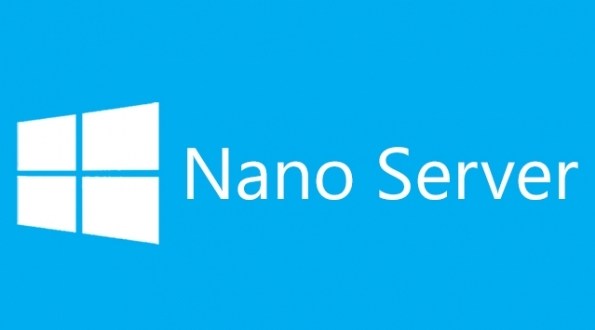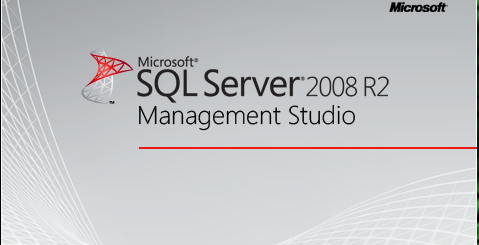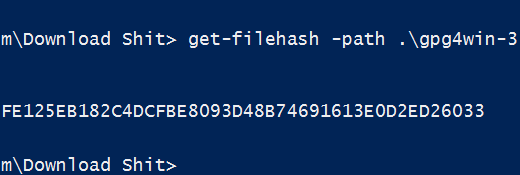Installing Windows Server Nano on VMware ESXi
Are you needing to install Windows Server Nano on VMware ESXi? In this blog post, we’ll go through the process step-by-step, so you can get your Windows Server Nano installation up and running quickly and correctly. We’ll cover the basics of setting up the environment, creating the VM, and configuring the VM with the correct settings.
Want a detailed procedure of how to Install Server Nano on Vmware? Check out our detailed procedure.

Setting Up the Environment
Before starting the installation process, you’ll need to ensure the environment is set up correctly. This includes ensuring you have the right hardware and software and configuring the ESXi server. Ensure you have a supported processor and enough RAM for Server Nano. You’ll also need to ensure you have a compatible version of VMware ESXi installed.
Once you have the hardware and software in place, you’ll need to configure your ESXi server. This includes setting up networking, storage, and security. Ensure you configure the networking correctly so the VM can communicate with other VMs and the outside world. You’ll also need to set up the storage and security settings so the VM can access the necessary resources and be secure.
Creating the VM
Now that the environment is set up and ready to go, you can create the VM. This involves creating a new virtual machine in the ESXi server and setting up the virtual hardware within the VM. You must configure the CPU, RAM, storage, and networking settings. Ensure you configure the settings correctly so the VM can access the necessary resources and run properly.
Once the VM is created, you must attach the Windows Server Nano ISO to the VM. This will allow the VM to boot from the ISO and begin the installation process.
Configuring the VM
Before installing, you must configure the VM with the correct settings. This includes setting the boot order so the VM will boot from the ISO, setting the boot options to enable the installation of Windows Server Nano, and configuring the virtual hardware settings. Ensure you configure the settings correctly so the VM can access the necessary resources and run properly.
How to Install Server Nano
Installing Server Nano on VMware ESXi involves several steps:
Once the VM is configured, you can start the installation process. This involves following the on-screen prompts to install Windows Server Nano on the VM.
- Download the Windows Server Nano ISO file from the Microsoft website.
- Create a new virtual machine in VMware ESXi and configure it with the desired settings (such as CPU, RAM, and network).
- Mount the Nano server ISO file to the virtual machine’s CD/DVD drive.
- Power on the virtual machine and start the installation process.
- Select “Windows Nano Server” from the installation menu.
- Choose the installation language, time zone, and other settings as prompted.
- Select the disk or partition where you want to install Server Nano.
- Wait for the installation process to complete.
- After the installation is complete, log in to the server using the default administrator account.
- Configure the server settings as needed, such as setting the IP address and joining the server to a domain.
Conclusion
Installing Windows Server Nano on VMware ESXi can be a daunting task. But with the right preparation, you can get the installation up and running quickly and correctly. Just ensure you have the right hardware and software, configure the ESXi server correctly, create the VM, and configure the VM with the correct settings. Once you’ve done all that, you’ll be ready to install Windows Server Nano and use it on your ESXi server.
If you need help setting up Windows Server Nano on VMware ESXi, we have experienced professionals who can help. Contact us today for assistance.




1 Response
[…] you have installed the Windows Server 2016 Nano instance, you can now configure it to enable remote access. Nano has no GUI, and it is only […]